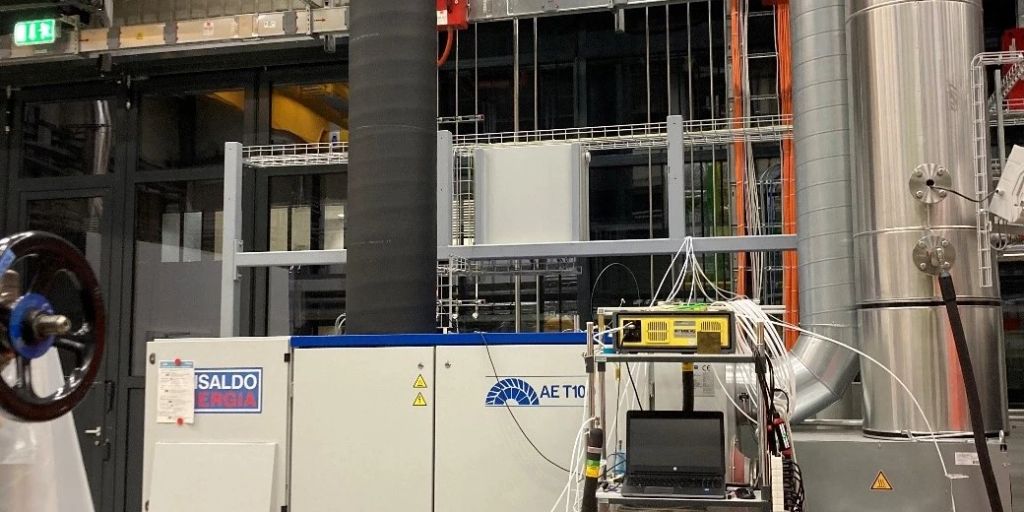Increased electricity consumption increases the risk of power shortages in the winter. Innovative solutions like the technologies on the ESI platform can help.
The basics in a nutshell
- PSI's ESI platform enables long-term electrical energy storage.
- This technology converts excess electrical energy into hydrogen.
- PSI is conducting further research using small gas turbines.
Even before Switzerland's winter electricity hiatus in 2022, scientists at the Paul Scherrer Institute were looking into long-term electrical energy storage from renewable sources. To this day, Switzerland's electricity deficit is covered by imports. According to the Federal Energy Office, the deficit in 2022 will reach six terawatt-hours.
Increasing electrification of transportation and heat generation through heat pumps raise the possibility of a renewed electricity gap in the winter. New solutions are required. The technologies on the ESI (Energy System Integration) platform are available, but the necessary investments are not available.
Swiss technology: That's why the ESI platform is needed
The ESI platform converts excess electrical energy into hydrogen for long-term storage and winter use. Hydrogen can be used in various applications: in synthetic fuel production processes (methane and methanol) or directly to generate electrical energy in fuel cells in vehicles or stationary systems.
Swiss technology: this is how the ESI platform works
To minimize losses during energy conversion, a high-efficiency proton exchange membrane (PEM) electrolyzer is installed. This produces hydrogen and oxygen, which are stored in tanks and converted into electrical energy when electricity is needed. The overall efficiency of the storage process is about 50 percent, but can be increased by using waste heat.
At PSI, research is also carried out on the use of hydrogen in methane conversion for biogas, in gasification processes and with carbon dioxide (CO2). Methane is synthesized in a pressure reactor containing a special catalytically active material that forms a fluidized bed.
Another process is hydrothermal gasification of aquatic biomass under supercritical conditions (300 bar, 400 °C). By using supercritical water, the salts and minerals in the raw materials can be separated more easily.
This allows them to return to the biological cycle as a nutrient solution. This also applies to particularly valuable components such as phosphorus and nitrogen compounds, which can be separated and used again. This is what Dr. said. Peter Jansson, chief scientist at PSI.
With the ESI platform, PSI aims to operate pilot systems in the 100 kW power range as well as laboratory-scale systems.
Innovative methods for various processes to increase efficiency
Hydrogen-based systems are expensive. That's why small gas turbines with 100 kilowatts of electrical power are tested at PSI. This can be operated flexibly using different gas mixtures. An increase in efficiency is achieved if the conversion of hydrogen to methane can be omitted because fewer conversion losses occur.
Meanwhile, gas turbines are very efficient when used as combined heat and power (CHP) systems. An overall efficiency of up to 90 percent can be achieved. The use of winter-generated electrical energy in heat pumps significantly increases the heating output of the fuel used. This is compared to traditional boilers.
“The technology is available, but the necessary investment is not there.” With these words Dr. Christian Steinbach, Member of the Board of Management of the Aargau Division of the Swiss engineering company, summarized the visit to PSI.
He admires research methods and innovative solutions. Swiss Engineering supports progress in energy production from renewable sources.

“Certified tv guru. Reader. Professional writer. Avid introvert. Extreme pop culture buff.”







More Stories
Samsung Quantum Dot TV: Art meets technology
Pitch: €56m for energy startup Reverion
Plastoplan: Plastics for Energy Transition